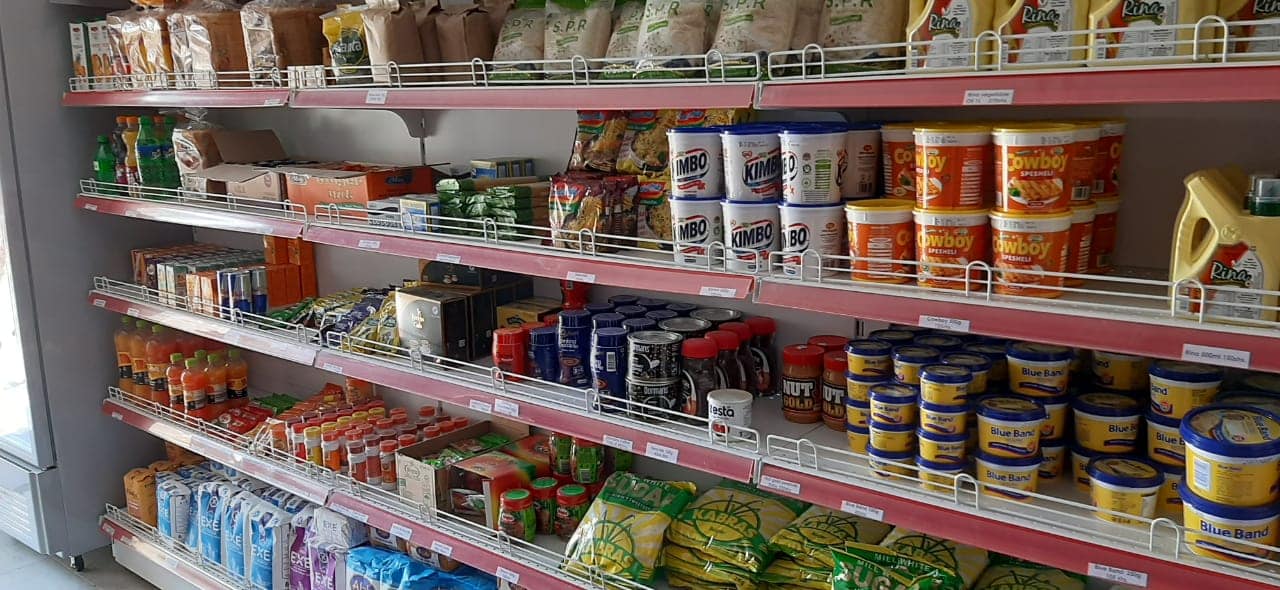The convenience and popularity of online shopping is undeniable, but in-store shopping remains an essential part of the consumer experience. In fact, 85 percent of all retail sales come from brick-and-mortar locations. An appealing shop can draw people in and create a memorable experience that leads to sales and builds customer loyalty.
Whether you’re starting a new venture or looking to expand your online business with a physical location, opening a brick-and-mortar store requires careful planning. We’ve spoken to experts in the industry to find out the steps you need to take to make sure your retail store is a success.
- Generate an idea and business plan.
The first step to opening a retail store is developing your idea and a business plan. When determining what type of store you want to open, you should answer each of the following questions:
- What will your business sell?
- Who is your target customer?
- How will you price your products or services?
- Who are the competitors in your industry and local area?
- Who will be on your team?
- Choose a name for your retail store.
In addition to the other basics that go with creating a business plan, take time to find a good business name. When choosing the perfect business name, you should consider a few factors:
- Meaning: The name of your brand you will choose should have a meaning but may be developed over time, so note that your brand name should be recognizable to the customers.
- Simplicity: Look for names that are relatively short and easy to say.
- Uniqueness: Don’t opt for a name that’s similar to those of your competitors. Look for something original and authentic that encapsulates your business. Try to draw your own inspirations for names without looking at other brands.
- Cover your legal basics.
Covering your legal basics includes choosing a business structure, following any regulations and obtaining the right licenses and permits.
- A basic business operation license, which allows you to operate your business in the city, county or state you do business out of
- An employer identification number (EIN), which is a federal tax ID that allows you to hire employees to work at your storefront and ensures your business collects payroll taxes
- A seller’s license; this depends on what kinds of items your retail storefront sells.
. 4. Get your finances in order.
Once you have a great business idea and a plan to make it happen, you need to start thinking about the financial aspects of opening a store
5. Find the right location.
If you’re opening a brick-and-mortar business, finding a prime retail space needs to be a focal point. While it can be tempting to try to pick a cheap location and hope your business generates a steady flow of customers through its marketing efforts, sometimes there’s no substitute for being in a busy part of town. Picking a location downtown might be a pricier option, but it could bring in thousands more customers per year.
6. Consider a pop-up shop.
If you already own an online retail business and want to expand to a physical store, experimenting with a pop-up shop is a good way to test the waters without shelling out a lot of money. These shops open in temporary locations for a short amount of time.
7. Create a personalized experience.
Finding success in retail often comes from adding value that competitors don’t provide. With the convenience of online shopping, physical stores need to offer a reason for customers to visit.
8. Build vendor relationships.
Small business owners face challenges, and it’s important to consistently please customers despite those challenges. Building strong relationships with vendors is a good way to prevent issues. You’ll want to find a vendor who not only offers quality merchandise at affordable prices, but is also reliable and fixes issues as they arise.
Lastly
Smart planning will keep your doors open
Opening a retail store is an exciting endeavor, but it requires careful planning. You should first define your target audience and communicate to them how your product is unique and worth their time and money. Then, you’ll need to find a location where the majority of your customers are likely to visit. As long as you keep providing excellent, personalized customer experiences, your business will surely keep its doors open for years to come.

